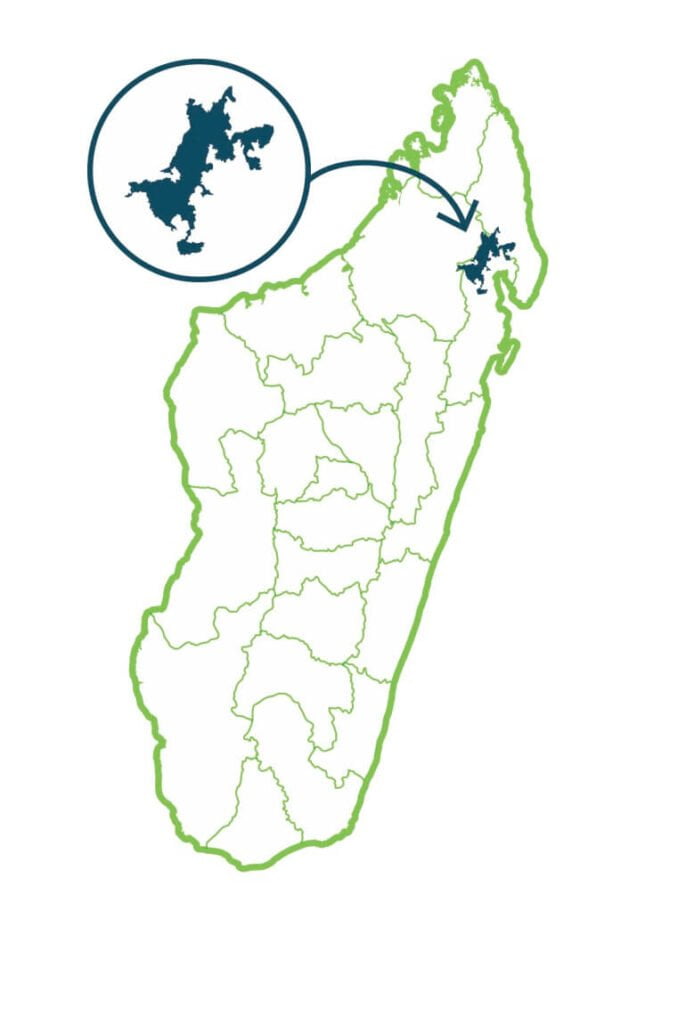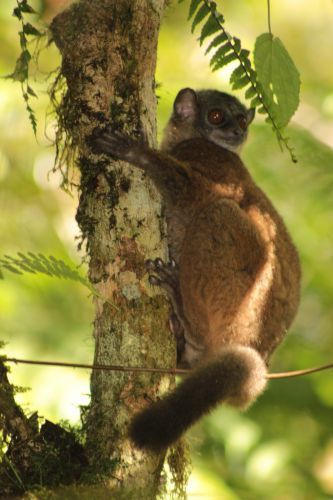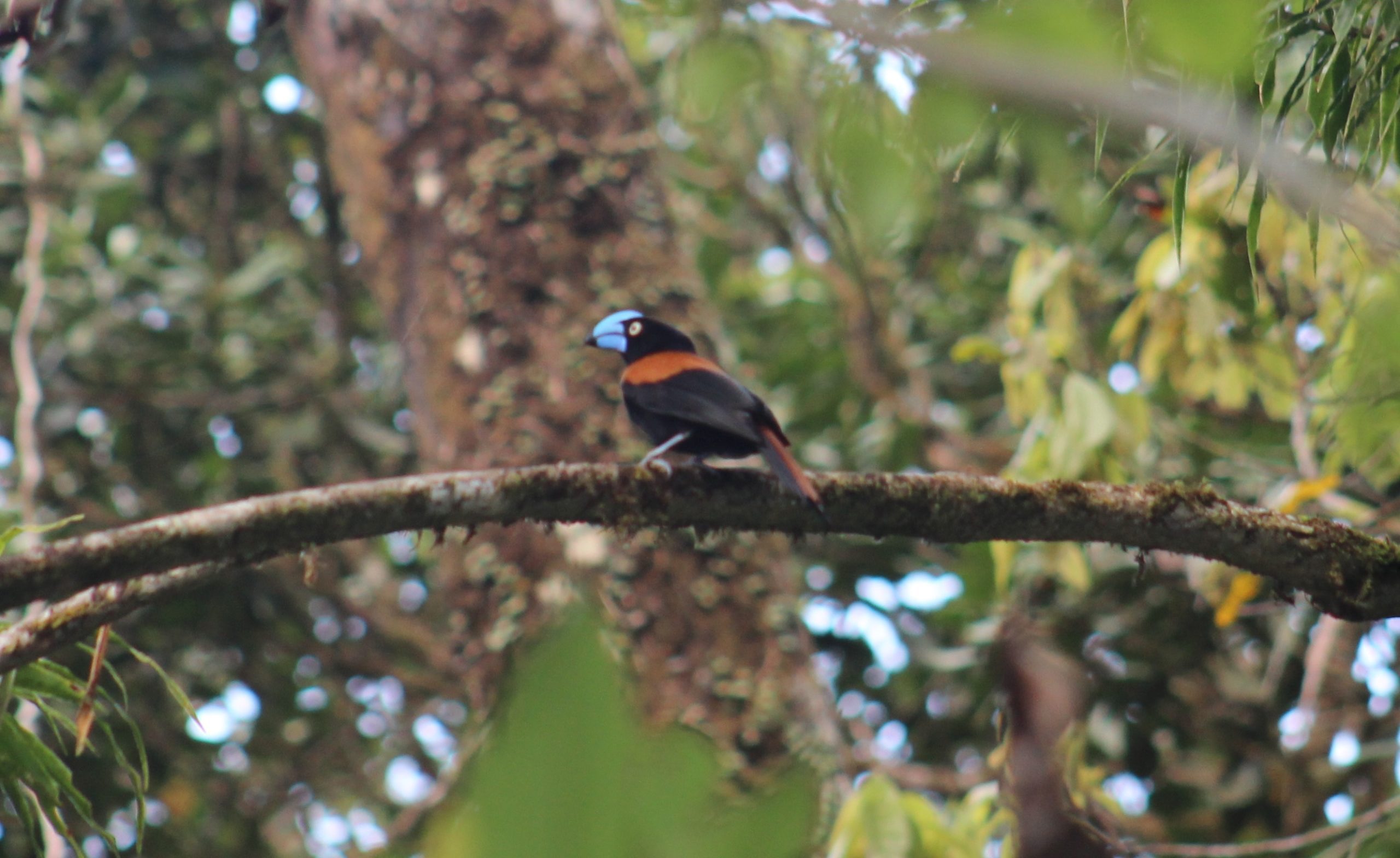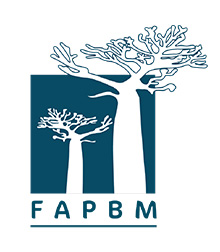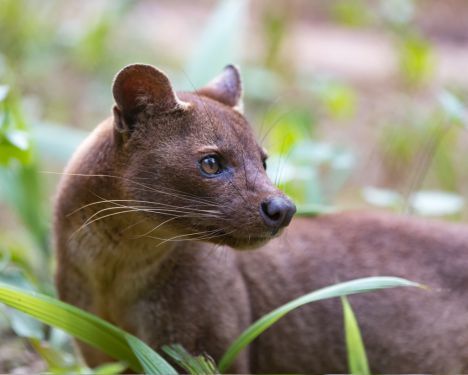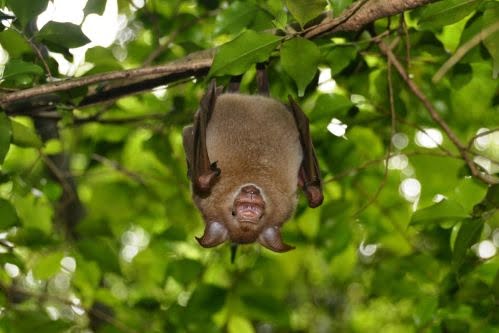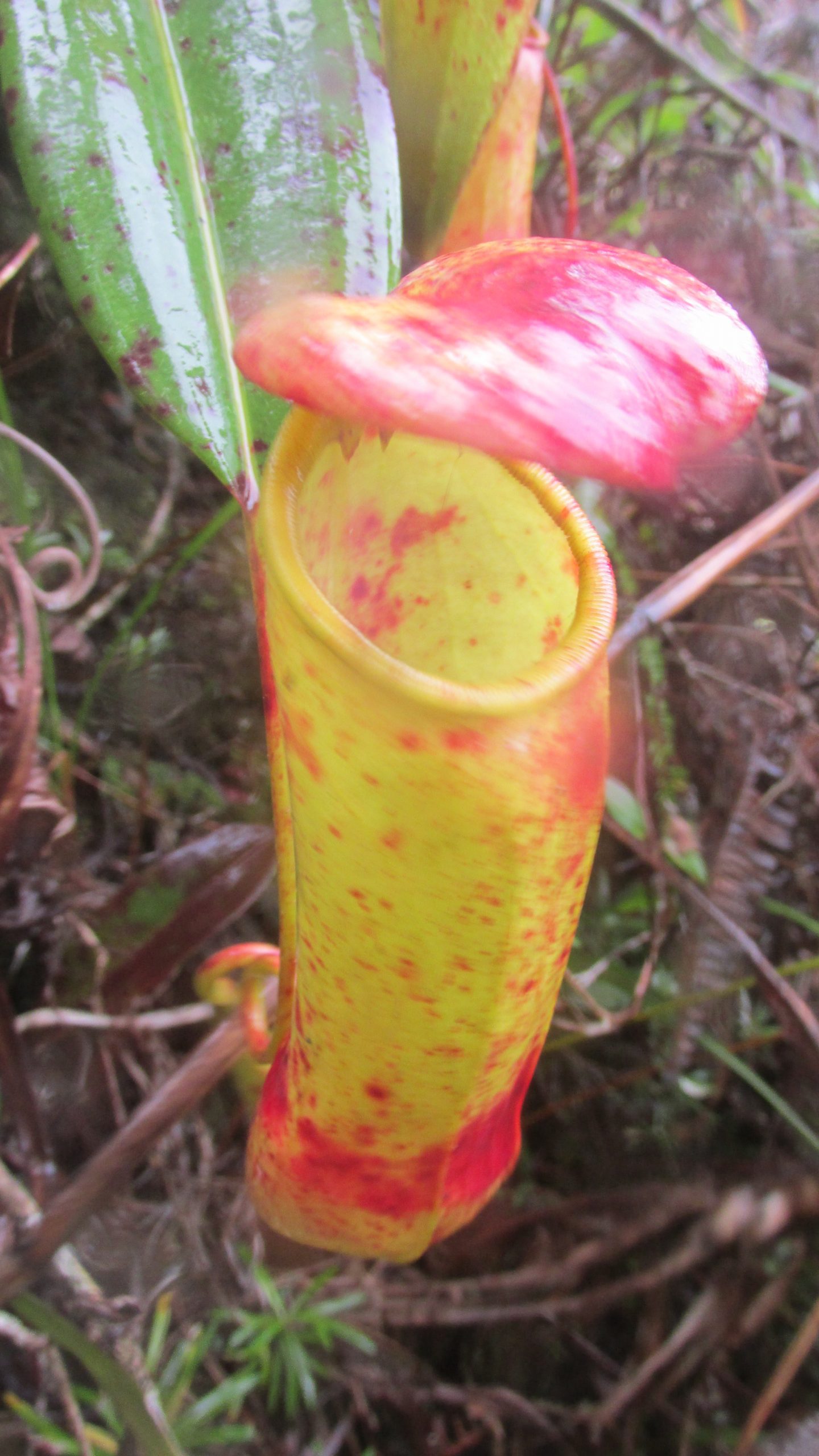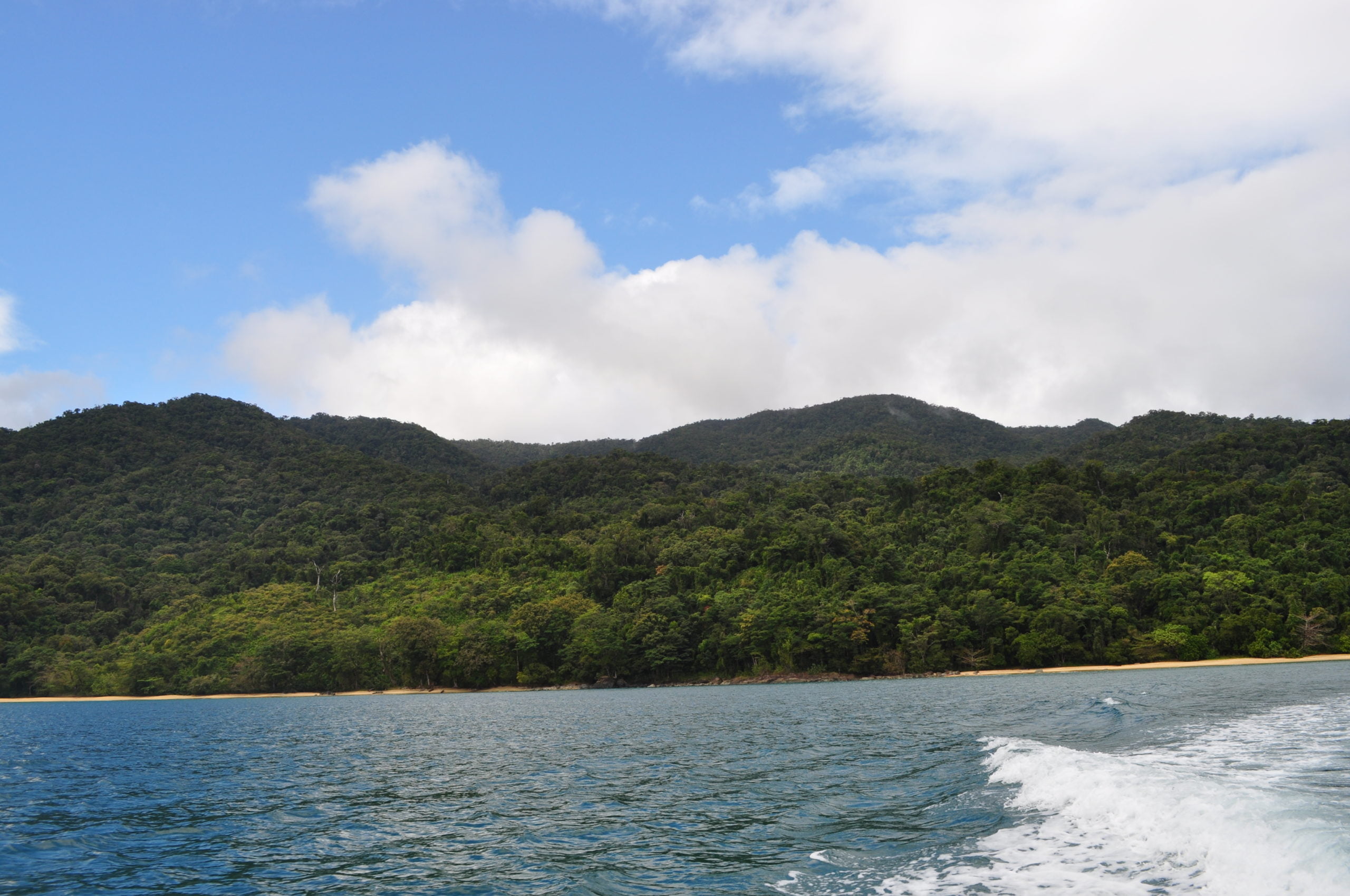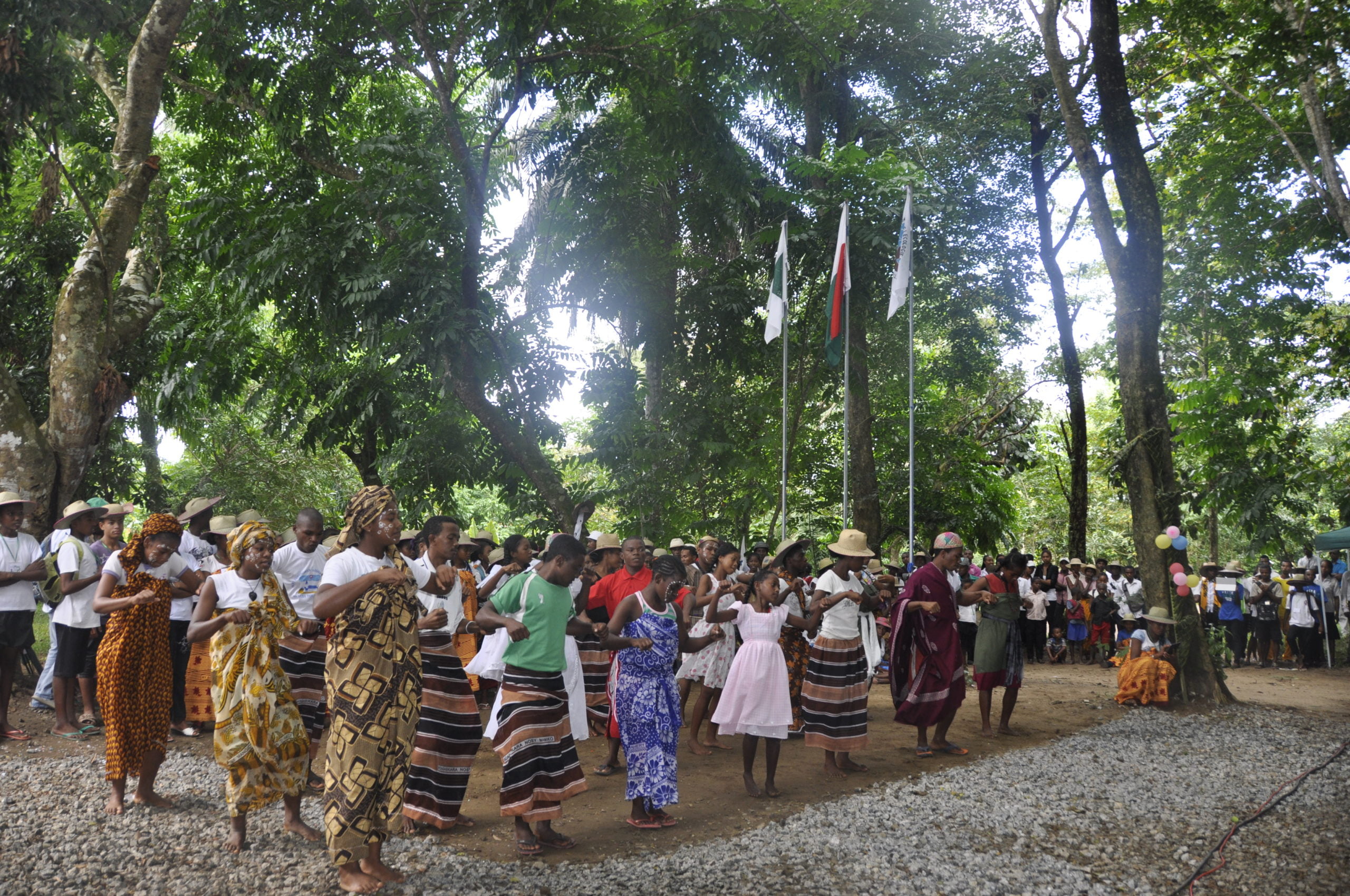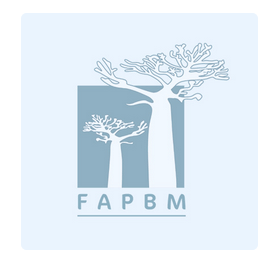Flagship Species
The Makira Natural Park, by virtue of its geographical position, ensures the connectivity of Eastern Madagascar rain forests to the sub-humid forests of Northern Madagascar. It is very rich in specific diversity of fauna and flora, and the rate of endemism is one of the highest in Madagascar. The Makira Natural Park is home to the largest block of intact lowland and medium altitude moist evergreen forests in Madagascar.
There are 2 lemurs whose geographical distribution is restricted to this part of the island (Marojejy – Makira – Masoala): Propithecus candidus and Varecia rubra.
